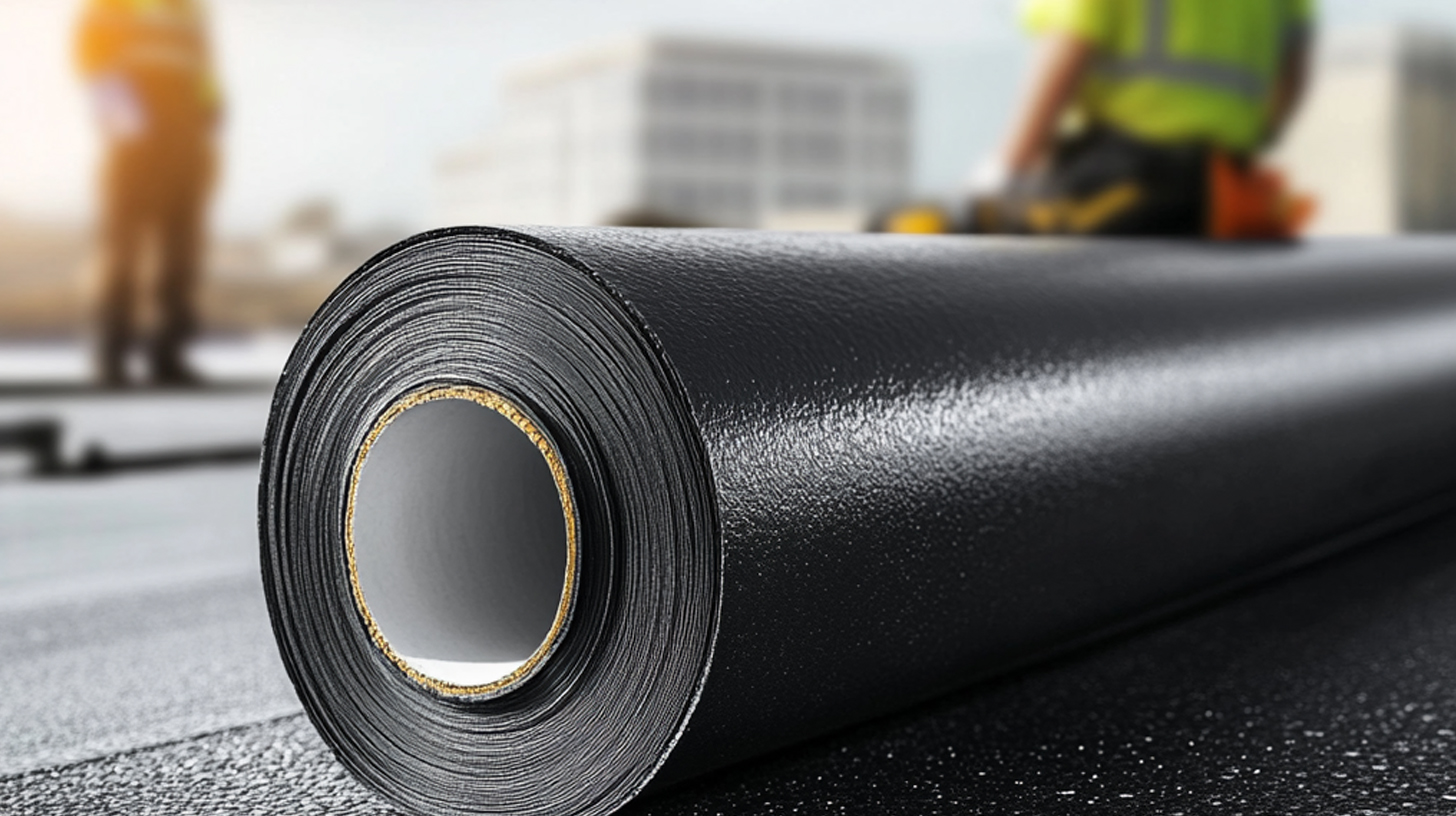Corpus Christi, nestled along the southeastern coast of Texas, offers a unique coastal climate that is both fascinating and complex. Influenced heavily by its proximity to the Gulf of Mexico, Corpus Christi weather is characterized by warm temperatures year-round and a humid atmosphere. The coastal climate here exhibits distinct patterns that set it apart from other regions in Texas.
One of the defining features of Corpus Christi’s climate is its mild winters and hot summers. The Gulf of Mexico plays a crucial role in moderating temperatures, ensuring that extreme cold snaps are rare even during the winter months. This makes Corpus Christi an appealing destination for those looking to escape harsher winter climates.
In addition to temperature moderation, the Gulf also contributes to significant humidity levels throughout the year. This humidity can lead to heavy rainfall during certain periods, particularly in late summer when tropical storms or hurricanes may develop over the warm gulf waters. Understanding these weather patterns is essential for residents and visitors alike as they plan activities around potential rain events or storm warnings.
Overall, Corpus Christi’s unique coastal climate provides an interesting blend of warmth and moisture that shapes daily life in this vibrant part of southeastern Texas. Whether you’re planning a visit or considering making it your home, appreciating these climatic nuances will enhance your experience and preparedness for what this beautiful region has to offer.
The Impact of Humidity and Salt Air on Roofing Materials
When it comes to maintaining the longevity and durability of roofing materials, understanding the impact of environmental factors such as humidity and salt air is crucial. In coastal regions, roofs are constantly exposed to high levels of humidity and salty air, which can significantly affect their structural integrity.
Humidity effects on roofs are often seen in the form of mold growth, rot, and warping. Moisture can seep into roofing materials, especially if they are not properly sealed or maintained, leading to deterioration over time. This is particularly concerning for wooden shingles or shakes that may absorb moisture more readily than other materials.
Salt air corrosion poses another challenge for coastal roofs. The presence of salt accelerates the corrosion process in metal components used in roofing systems, such as nails, flashing, and even some types of metal roofing itself. This can lead to rusting and weakening of these components if not addressed promptly.
To combat these issues and ensure roofing material durability in coastal areas, regular maintenance is essential. Coastal roof maintenance includes routine inspections to check for signs of damage or wear caused by humidity and salt exposure. Applying protective coatings or sealants can also help mitigate these effects by providing an additional barrier against moisture penetration and corrosion.
By understanding these environmental impacts on roofing materials and implementing proactive measures for maintenance, homeowners can extend the lifespan of their roofs while ensuring they remain structurally sound despite challenging conditions.
How High Winds and Hurricanes Pose a Threat to Your Roof
High winds and hurricanes are formidable forces of nature that can significantly impact the integrity of your roof, especially in areas like Corpus Christi, where such weather events are not uncommon. The powerful gusts associated with these storms can lift shingles, dislodge tiles, and even tear entire sections of roofing material away from the structure. This kind of wind damage is not only costly to repair but also leaves your home vulnerable to further issues like water infiltration and structural deterioration.
Understanding the hurricane impact on roofs is crucial for homeowners looking to protect their investment. During a hurricane, winds can reach speeds that exceed 150 miles per hour, creating uplift forces that test the strength and resilience of roofing systems. Without proper precautions and materials designed to withstand such conditions, roofs can suffer catastrophic damage.
Fortunately, storm-resistant roofing solutions are available to help mitigate these risks. These solutions often involve using materials specifically engineered to endure high wind speeds and include enhanced fastening systems that provide additional security against uplift forces. By investing in such technologies, homeowners can significantly reduce the likelihood of severe roof damage during a storm.
To further enhance wind damage prevention efforts, regular maintenance checks should be conducted to ensure all components of the roofing system are intact and functioning as intended. By staying informed about potential threats posed by high winds and hurricanes and taking proactive measures with storm-resistant solutions, you can safeguard your home from nature’s most relentless forces.
The Role of Heavy Rainfall and Potential Flooding in Roof Damage
Heavy rainfall can pose significant challenges to the structural integrity of roofs, making understanding its impact and managing associated risks crucial for homeowners. The persistent onslaught of rainwater can lead to a variety of issues, from minor leaks to severe structural damage. One primary concern is the accumulation of water, which can seep into roofing materials, leading to rot and deterioration over time. This infiltration not only compromises the roof’s durability but also poses potential health risks due to mold growth.
Flood risk management for roofs becomes essential in regions prone to heavy rainfall. Effective strategies include regular maintenance checks, ensuring gutters and downspouts are clear of debris, and inspecting for any signs of damage or wear that could exacerbate during a storm. Additionally, homeowners should consider investing in waterproof roofing solutions that offer enhanced protection against moisture penetration. These solutions often involve specialized coatings or membranes designed to create an impermeable barrier between the roof and external elements.
By proactively addressing these concerns through proper maintenance and advanced waterproofing technologies, homeowners can significantly reduce the risk of flood-related damage and extend the lifespan of their roofs amidst challenging weather conditions.
Best Roofing Materials for Coastal Areas like Corpus Christi
When it comes to selecting roofing materials for coastal areas like Corpus Christi, it’s essential to consider the unique environmental challenges posed by humidity, salt exposure, and the threat of hurricanes. The right roofing material can significantly enhance the durability and longevity of your roof while providing optimal protection against these elements.
One of the top choices for coastal area roofing materials is metal roofing. Metal roofs are highly resistant to corrosion from salt exposure and can withstand high winds, making them an excellent option for hurricane-prone regions. Additionally, they reflect sunlight effectively, which can help in reducing cooling costs during hot and humid summers.
Another durable roof option is clay or concrete tiles. These materials are not only aesthetically pleasing but also incredibly robust against harsh weather conditions. Their weight provides stability during strong winds, while their density offers excellent resistance against moisture and salt damage.
For those seeking a more traditional look with modern benefits, architectural shingles made from asphalt offer enhanced durability over standard shingles. They are designed to resist wind uplift and provide better protection against moisture infiltration—an important consideration in humid coastal climates.
Finally, synthetic roofing options such as composite shingles offer a blend of durability and style without compromising on performance in challenging environments. They mimic the appearance of natural materials like wood or slate but come with added benefits such as resistance to mold growth and impact damage from debris during storms.
In conclusion, choosing the best roof types for coastal areas requires careful consideration of factors like humidity resistance, salt exposure durability, and hurricane resilience. By selecting materials specifically designed to meet these challenges head-on, homeowners in Corpus Christi can ensure their roofs stand strong through any weather condition Mother Nature throws their way.
Maintenance Tips to Prolong the Life of Your Roof in Corpus Christi’s Climate
Living in Corpus Christi offers beautiful coastal views and a unique climate that requires specific attention when it comes to maintaining your home, especially the roof. The combination of salty air, high humidity, and occasional severe weather can take a toll on roofing materials. Here are some essential roof maintenance tips for coastal homes to help prolong the life of your roof and prevent damage from weather conditions.
Firstly, regular inspections are key. It’s important to schedule bi-annual inspections or after major storms to identify any signs of wear or damage early on. Look for loose or missing shingles, rusted flashing, and any signs of moss or algae growth that thrive in humid environments.
Secondly, ensure proper ventilation in your attic space. Adequate airflow helps reduce moisture buildup that can lead to mold growth and wood rot. This is particularly crucial in Corpus Christi’s humid climate where excess moisture is common.
Another vital tip is to clean gutters regularly. Clogged gutters can cause water backup, leading to leaks and water damage not only on the roof but also within your home’s structure. Make sure downspouts direct water away from the foundation as well.
Additionally, trimming overhanging branches can prevent debris accumulation and minimize potential storm damage from falling limbs during high winds or hurricanes—a common occurrence in this region.
Lastly, consider applying a protective sealant designed for coastal climates which can offer an added layer of defense against saltwater corrosion and UV radiation—both prevalent factors along the Texas coast.
By following these roof maintenance tips tailored for coastal homes, you can significantly extend the lifespan of your roof while safeguarding it against Corpus Christi’s challenging weather conditions. Regular care not only protects your investment but also ensures peace of mind through every season.
Protecting Your Investment by Understanding Weather Impacts on Roofing in Corpus Christi
In conclusion, understanding the impact of weather on roofing in Corpus Christi is crucial for protecting your investment. The region’s unique climate, characterized by high humidity, intense sun exposure, and the occasional threat of hurricanes, poses significant challenges to the longevity and durability of roofing materials. By being aware of these environmental factors, homeowners can make informed decisions about roof maintenance and material selection.
Regular inspections are vital to identify any damage early on—whether it’s from UV rays causing shingles to deteriorate or heavy rains leading to leaks. Opting for materials that are specifically designed to withstand local weather conditions can also extend the life of your roof. Additionally, considering professional installation and repairs ensures that your roofing system remains resilient against harsh weather patterns.
Ultimately, a proactive approach in understanding how weather affects your roof not only safeguards your home but also maximizes the return on your investment over time. By staying informed and vigilant, you can ensure that your roof provides reliable protection for years to come.







